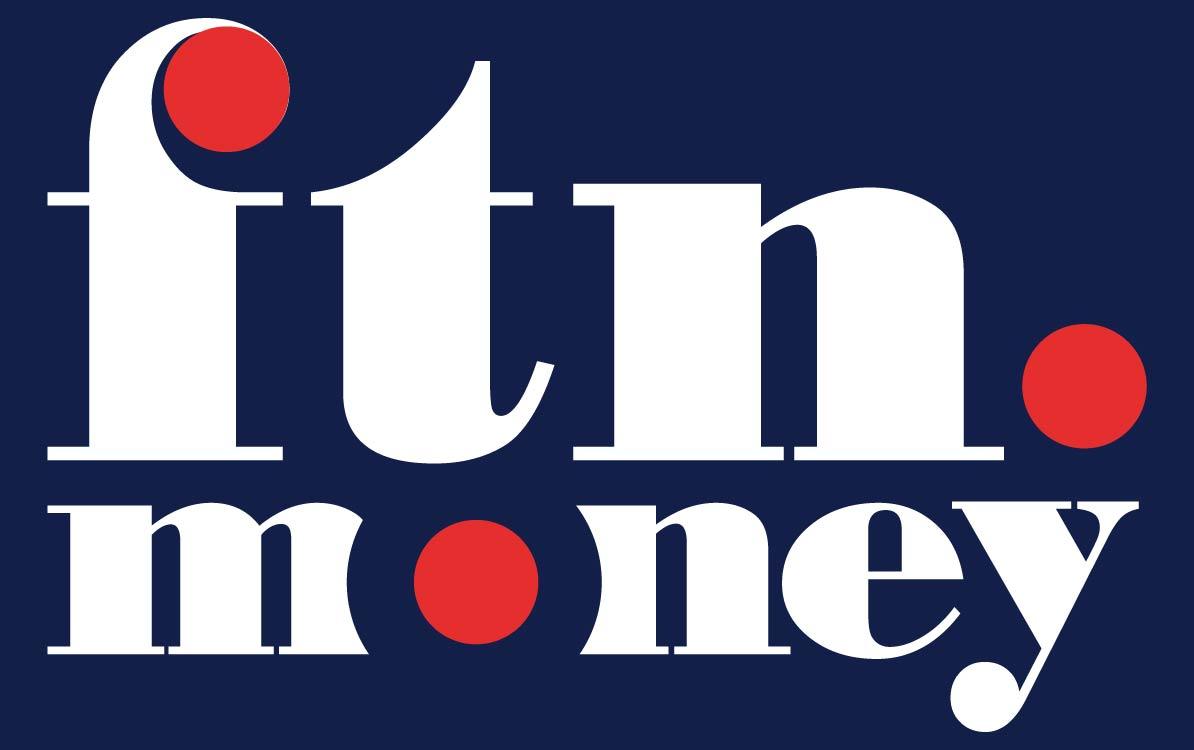Global remittance flows surpassed $840 billion in 2023 (World Bank), underscoring the critical need for efficient cross-border payment solutions. Today’s consumers—whether sending money to family, paying freelancers, or investing overseas—demand more than basic functionality. They expect speed, transparency, security, and seamless digital experiences.
This article explores the four key priorities shaping consumer expectations in 2024, backed by data from the World Bank, McKinsey, and Bain & Company, along with real-world case studies from fintech disruptors like Wise and Revolut.

1. The Rising Demand for Faster, Cheaper Cross-Border Payments
Real-Time Transfers: A Game-Changer or a Luxury?
While domestic payments often settle in seconds, cross-border transactions still face delays due to legacy banking networks (e.g., SWIFT) and regulatory checks. However, fintechs are bridging the gap:
- 65% of users cite speed as their top priority (YouGov 2023).
- 72% would pay slightly more for guaranteed same-day transfers.
- Providers like Wise and Revolut now offer instant transfers in select corridors (e.g., EUR-GBP, USD-CAD).
“The future is instant, borderless payments embedded in digital platforms.” — Sarah Williams, Payments Analyst, Bain & Company

2. Hidden Fees and FX Costs: The Transparency Gap
How Wise and Revolut Are Setting New Standards
Traditional banks often hide costs in poor exchange rates (3–5% markups) and complex fee structures. By contrast:
- The global average cost to send $200 is 6.2% (World Bank 2024), far above the UN’s 3% target.
- Fintechs like Wise charge as little as 0.5%, with real-time FX rate breakdowns.
- Revolut offers interbank rates on weekdays, alerting users to weekend premiums.
Cost Comparison: Sending $200
| Provider | Transfer Fee | FX Markup | Total Cost |
| Traditional Bank | £10–£20 | 3–5% | £16–£30 |
| Wise | £1–£5 | 0.5–1% | £2–£6 |
| Revolut | Free* | 0.5–1.5%* | £1–£3 |
*Premium plans required for free transfers.

3. Security vs. Speed: Can Institutions Deliver Both?
Regulatory Hurdles and Consumer Trust
With financial fraud rising 24% YoY (UK Finance 2023), consumers want both speed and safety:
- AI fraud detection (used by Monzo and Starling) reduces scams while speeding up compliance.
- Blockchain solutions (e.g., RippleNet) enable traceable, near-instant settlements.
- AML/KYC regulations remain a bottleneck, but hybrid models are emerging.
“Regulatory rigor builds trust—especially in high-volume corridors like UK-India.” — Priya Nair, Chief Compliance Officer, UK Neobank

4. How Fintechs Are Disrupting Traditional Remittance Models
Fintechs now account for 42% of new remittance users (Bain 2023) by offering:
- ✅ Lower fees (80–90% cheaper than banks)
- ✅ Digital-first interfaces (app-based tracking, multilingual support)
- ✅ Embedded finance (e.g., instant payouts for freelancers on Upwork)
“People expect remittance UX to match Netflix or Amazon.” — Daniel Ho, Product Head, Singaporean Payment App
Emerging Trends to Watch
- Blockchain: Faster settlements, but adoption lags due to regulatory uncertainty.
- AI Fraud Detection: Real-time anomaly checks without manual reviews.
- CBDCs: Central bank digital currencies may streamline cross-border liquidity.
Conclusion: The New Essentials for Cross-Border Payments
Consumers now view speed, transparency, security, and ease of use as non-negotiable. Traditional institutions must modernise infrastructure or risk losing ground to fintechs.
Key Takeaways for Consumers:
- Compare total costs (fees + FX rates)
- Prioritise providers with real-time tracking
- Leverage fintechs for frequent transfers



